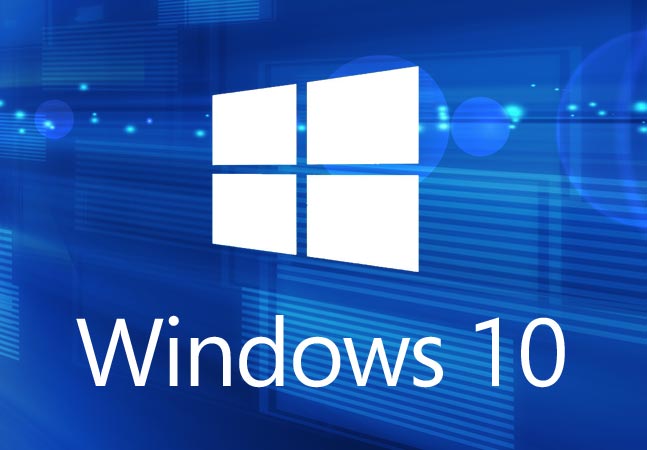Most people install the Windows 10 operating system into the default drive, which is usually drive C. The problem starts when drive C turns red and displays as full or nearly full. This can lead to a number of problems such as slowing down your computer. To solve the problem we need to know how to free up space on C drive in Windows 10.
Drive C is where all system files are saved. These are critical to the functioning of your computer. Most users install apps and software in the same place. The operating system and these apps require space to run, install updates and when the C drive is full, it does not allow us to use our computer well. The slowdown of the PC also starts from here.
1. Cleaning the house
Let’s start with some simple but effective solutions. Have you emptied the Trash? Open it and make sure there are no files and folders you want to restore.
Click Empty Trash to delete everything in it. Select all the files and folders you want to restore and click Restore Selected Items if necessary.
You can also delete temporary files from your computer. Performing these two tasks can help you reclaim a fair amount of space.
2. Clean unit C
The Downloads folder is located in the C drive where all the default files such as images, videos, programs, etc. are downloaded. Collectively, they can take up a lot of space. Also, check other folders like Pictures, Videos and Documents to see if there are any files you can move to other drives or even delete. Perhaps, there are duplicate files stored in the C drive that are taking up space unnecessarily?
Don’t forget the desktop as files stored there are also part of drive C. Look for large files that can be deleted or moved to a different location, an external drive for example or a USB stick. Some of these files will be difficult to delete, but there are ways to fix this too.
3. Uninstall the apps
Open the Control Panel and search for “uninstall” in the search bar and select Uninstall a program.
Uninstall all the software and apps you no longer use or need. Right-click and select the Uninstall option for this.
You can also sort all installed apps by size to figure out which one takes up the most space and if you can remove it.
DONT MISS- How to clear the cache on a Windows 10 computer
4. Increase the size of drive C
You can increase the size of the system drive, the C drive for most users in Windows 10, by reallocating the space from other drives. The process won’t take more than a few minutes, but I would still recommend making a backup. This will allow you to free up and unallocated space from other drives and use it to store multiple files in drive C.
5. Buy bigger HDDs / SSDs
No matter how many files you delete, apps uninstall and reallocate space from other drives, you are limited by the total space available on your HDD / SSD. How about installing a new bigger HDD on your computer. Better yet, why not take this opportunity to upgrade to an SSD? These are the best external SSDs you can find on Amazon!
6. Disk Cleanup
Windows 10 comes with a tool called Disk Cleanup that will help you clean up system files that are no longer needed, temporary files, and files moved to the recycle bin. What many users don’t know is that you can schedule Disk Cleanup, so it runs periodically behind the scenes. Automate the whole process and run an instance now to see if it fixes the C drive complete error.
7. Windows Component Store (WINSXS)
The WinSxS folder is located inside the C drive and stores files used, among other things, during Windows update and maintenance. These files may accumulate over time and take up a lot of space.
You can only reduce the size of this folder, not delete it or move it elsewhere or to a different drive. To do this, search for and open Task Scheduler in the Windows Start menu.
Drill into the folder structure below and click on the StartComponentCleanup. Tap Run.
Task Scheduler Library> Microsoft> Windows> Servicing.
That’s all!
Conclusion
Two other options will help you gain space, but I don’t recommend them. One disables hibernation and the other disables the system restore function. Both are useful functions, especially that of recovery. Plus, they don’t make a big difference anyway. I recommend following the steps above to reclaim lost space and if that doesn’t work, get a bigger drive. In any case, you should no longer have drive C or memory full after reading the article. If you’ve found another way to fix this and create more space, share it with us in the comments below.

